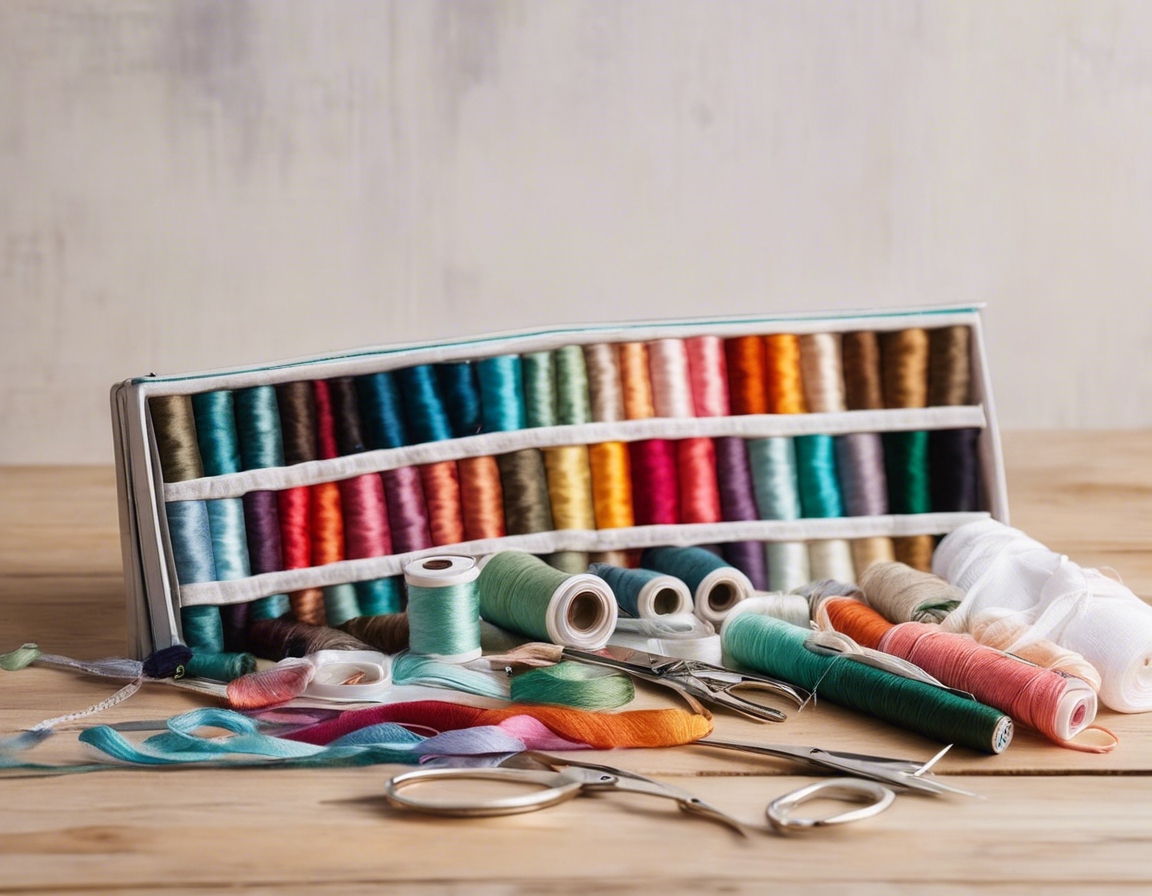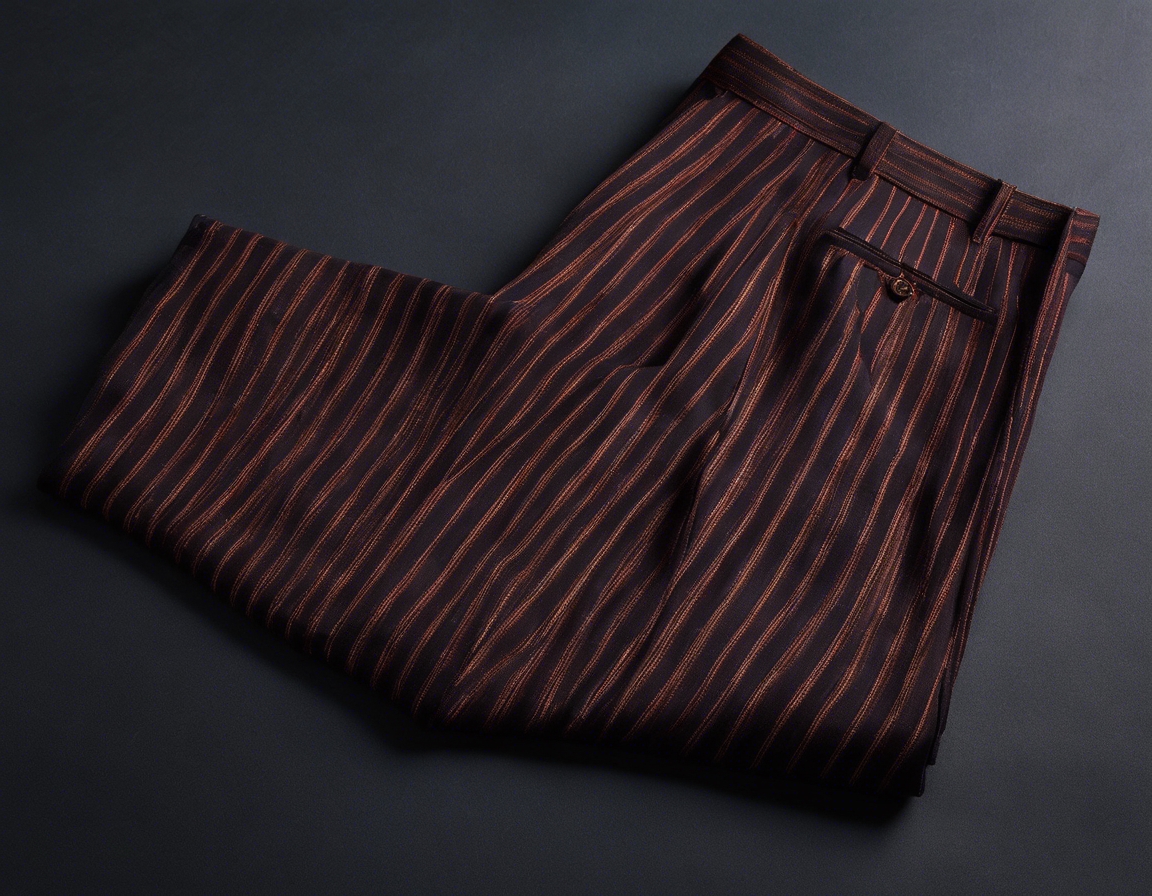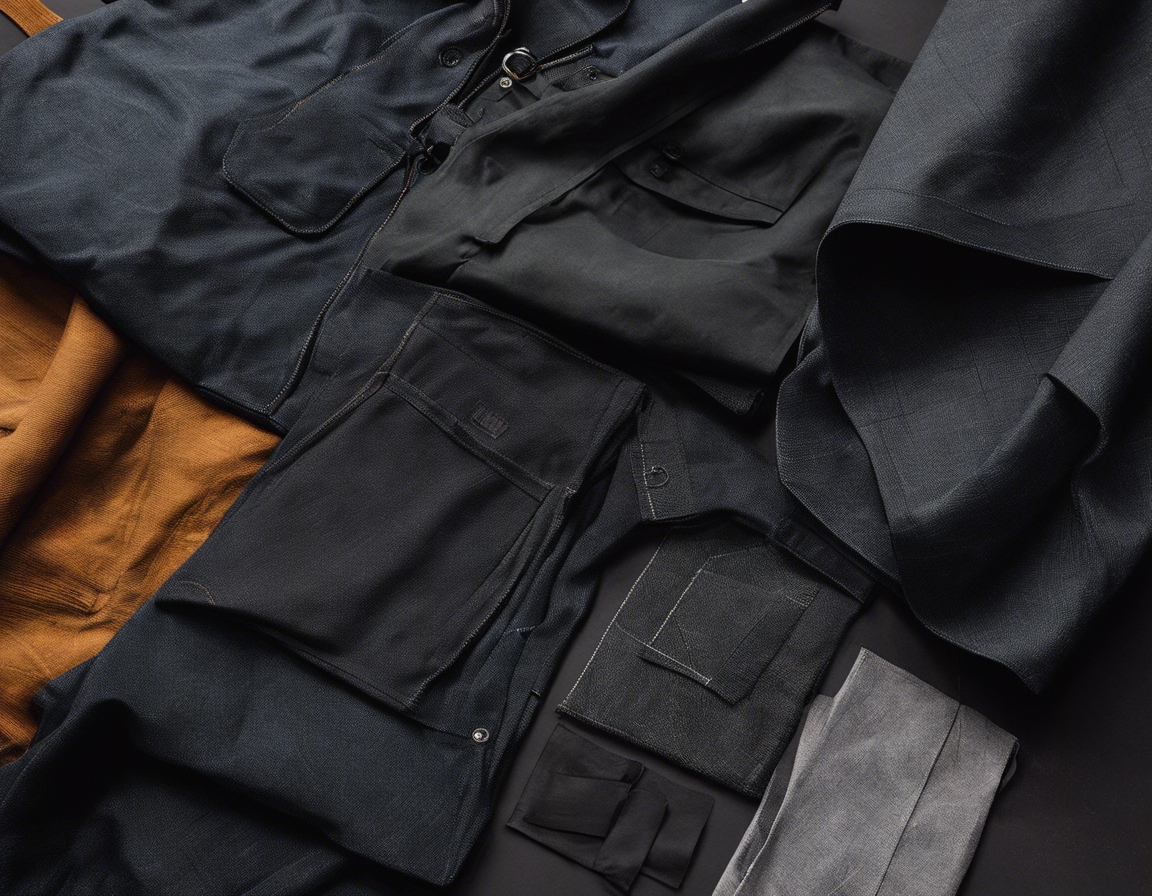The evolution of the sewing industry in estonia
The sewing industry in Estonia, with its rich and textured history, has been a tapestry woven through time, reflecting the nation's cultural and economic shifts. From the early beginnings where traditional techniques were passed down through generations, to the impact of the Industrial Revolution, Estonia's sewing industry has evolved significantly.
Estonian sewing began as a craft deeply rooted in local customs and folklore. Artisans created garments that were not only practical but also adorned with intricate patterns and designs unique to the region.
The advent of the Industrial Revolution introduced new machinery and techniques, which brought about a significant shift from handcrafted to machine-made garments, increasing production capabilities and changing the landscape of the industry.
The Soviet Era and Its Influence on Sewing
During the Soviet era, the sewing industry in Estonia experienced centralization and mass production, as it became a cog in the larger Soviet industrial machine. However, this period also sparked innovation and adaptation among Estonian sewers.
The focus was on fulfilling quotas and standardizing products, which often stifled creativity but also led to the development of large-scale manufacturing skills.
Despite the challenges, Estonian sewers found ways to innovate, using limited resources to create quality garments that stood the test of time.
Post-Soviet Developments and Modernization
With the fall of the Soviet Union, Estonia's sewing industry faced a new era of privatization and the rise of small businesses. This period marked a significant turn towards modernization, with technological advancements and automation playing a key role.
The shift from state-owned enterprises to private businesses allowed for greater flexibility and the ability to focus on niche markets, including specialized workwear.
Investments in modern sewing machinery and software have streamlined production processes, enabling Estonian companies to compete on a global scale.
The Current Landscape of the Sewing Industry in Estonia
Today, the sewing industry in Estonia is a vibrant and dynamic sector, fully integrated into the European market. It is characterized by a focus on specialized workwear, customization, sustainability, and ethical manufacturing practices.
Estonian sewing companies have successfully expanded beyond local borders, offering their products and services across Europe, while adhering to the highest standards of quality and design.
Understanding the needs of professionals in healthcare, culinary, and industrial sectors, Estonian manufacturers like ALLY OÜ have honed their expertise in creating workwear that offers comfort, functionality, and a professional image, with customization options to meet specific requirements.
With a growing global emphasis on sustainability, Estonian sewing companies are at the forefront of adopting eco-friendly practices and ensuring ethical conditions throughout their supply chains.








Comments (0)